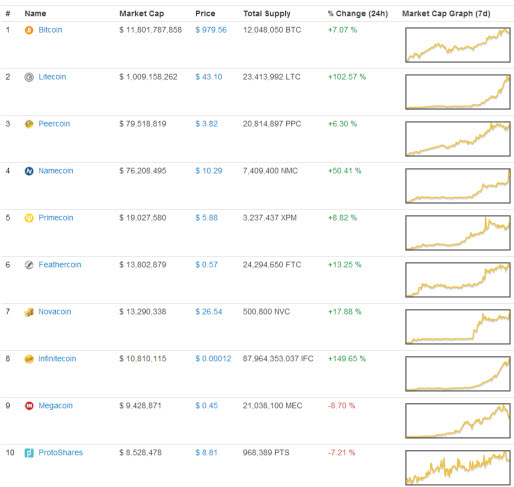Today’s issue of AFR Boss magazine includes highlights of the discussion at the recent first BOSS True Leaders’ Legacy Dinner, where 14 of us had an excellent dinner and debated “how Australia could seize the opportunities of the knowledge economy”.
It was a fantastic and sometimes heated discussion, most enjoyable. The highlights of the conversation are published in the online magazine.
At the outset I said (quotes were severely edited for length):
Ross Dawson: We have over a million Australians who live around the world. This Australian diaspora is a way of linking the extraordinary talent we have in this country to the rest of the planet. Far more than any other country, we must look at digital productivity and what that affords us. Australia in the last six years or so has become a truly networked economy with a network mentality.
As I’ve noted before, entrepreneurial migration is highly valuable in forming global networks.
Australia has come a long, long way in the last 6-8 years in becoming a nation with a true network mentality. This is essential given our geographical isolation. However I am becoming concerned that our progress is not keeping pace with the rest of the world.
Later in the conversation I was quoted:
Ross Dawson: How do we get new levels, layers and structures of capital markets where money gets allocated to the ventures that have the greatest potential financial and social impact? We still have explicit and implicit industrial policy in Australia which is in favour of legacy industries, not the industries of Australia’s future or potential future.
Crowdfunding is just one of range of new capital market structures that are allocating funds to where they can have the most value. National regulation is critical in enabling or disabling these innovative approaches.
The nature of politics is that legacy industries have the funds, clout, and connections to make governments pay attention, while newer industries don’t have the impact or access. Yet they are where our future lie. It is critical that attention – and in some cases resources – are spent on the networked, knowledge-based economy that will bring our future prosperity.


